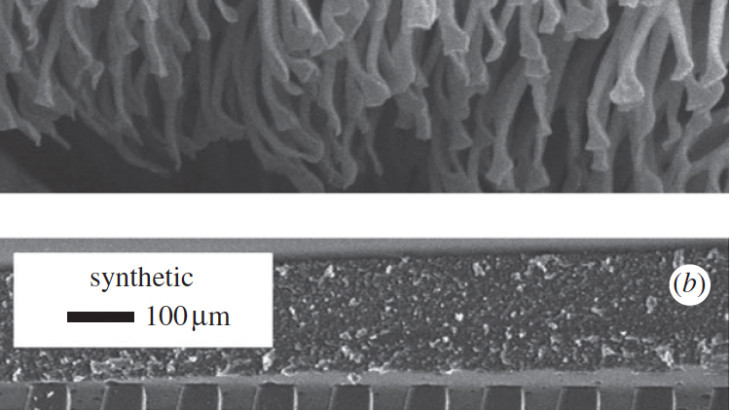
The ability to quickly maneuver through a variety of environments requires a central nervous system that can rapidly transfer sensory and motor signals. The neck connective, a bottleneck in the information traveling from the brain to the thorax, is being sectioned and imaged using transmission electron microscopy. These incredibly high resolution images show that, among […]




